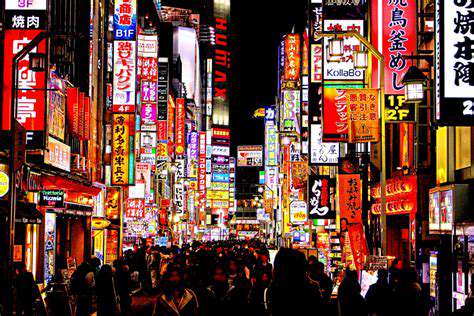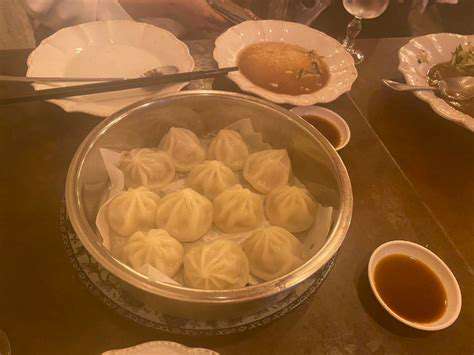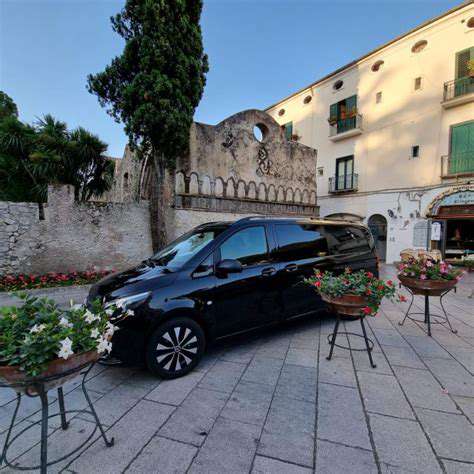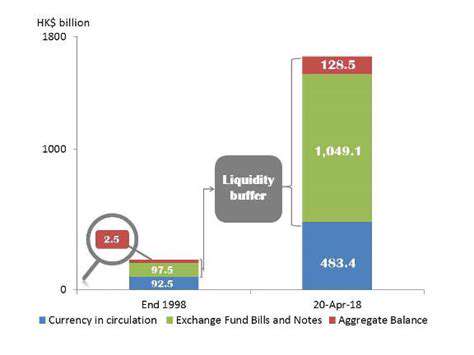7 Day Tokyo Itinerary for First Timers

Arrival and Initial Impressions
As I stepped onto the tarmac at Narita Airport, the crisp morning air carried the faint scent of cherry blossoms mixed with jet fuel. The sprawling terminal buzzed with quiet efficiency—polished floors reflecting the hurried footsteps of travelers, uniformed staff directing crowds with silent precision. What struck me most wasn't just the scale, but how every movement felt choreographed, like watching a ballet performed by thousands. My first encounter with Japanese organization came when I noticed how luggage carts automatically returned to designated lines after use.
The train ride to Shinjuku became an unexpected cultural immersion. Through the window, orderly neighborhoods flashed by—laundry hung with geometric precision on balcony racks, bicycles parked at perfect angles. Inside the carriage, salarymen in identical dark suits read newspapers without turning pages audibly. A mother hushed her child by simply placing a finger to her lips, and immediately the toddler stopped fidgeting. This unspoken social contract fascinated me more than any guidebook explanation ever could.
Shinjuku's Iconic Skyscrapers
Emerging from the station, the skyscrapers didn't just tower—they pulsed. Glass facades reflected clouds moving at different speeds, creating a dizzying kaleidoscope effect. At street level, the buildings played visual tricks; some appeared to lean precariously when viewed from certain angles, while others vanished entirely behind sudden plumes of steam from underground vents. The most remarkable detail? Despite the vertical density, sunlight still reached the pavement through clever architectural spacing.
Exploring Shinjuku Gyoen National Garden
The garden gates might as well have been a portal to another dimension. Within twenty steps, the city's roar dissolved into a tapestry of birdsong and rustling leaves. I timed my visit perfectly—workers were meticulously pruning the cherry trees using tools that looked like surgical instruments. Near the French garden section, an elderly man sat motionless for forty-three minutes (I counted) observing a single koi's circular path in the pond. His patience shamed my hurried tourist pace.
Shinjuku Golden Gai
Finding Golden Gai felt like discovering a secret club. The alleyways were so narrow I had to turn sideways passing others, our jackets brushing against walls papered with decades of concert flyers. In one bar barely larger than a closet, the bartender—a former jazz drummer—explained how each establishment's tiny size forced intimacy. No strangers here, he said while pouring whiskey, just friends who haven't met yet. The ice in my glass clinked in time with the vinyl record spinning behind the counter.
Dinner and Evening Entertainment
At the izakaya, the chef demonstrated how to properly sear mackerel by holding the fish skin-side down with chopsticks until it crisped audibly. The sound—like autumn leaves crunching underfoot—became my new benchmark for culinary perfection. Later, in a basement jazz club, the saxophonist played My Favorite Things while a waitress balanced twelve cocktails on a tray through the swaying crowd without spilling a drop. Tokyo's nightlife didn't just entertain—it performed minor miracles.
Shopping and Souvenir Hunting
Don Quijote's fluorescent chaos overwhelmed at first—aisles crammed with Godzilla figurines next to premium matcha kits. Then I noticed the method: seasonal items at eye level, regional specialties by the checkout, and everywhere, testers for everything from massage guns to eyelash curlers. An employee restocking face masks paused to demonstrate seven different ways to fold them for travel. Even retail here felt like a masterclass.
Accommodation and Preparation for Tomorrow
My hotel room's bathroom revealed Japan's obsession with detail—the toilet seat warmed automatically, the shower controls looked like a spaceship dashboard, and the sink's overflow channel was disguised as a decorative groove. As I set out tomorrow's clothes using the provided folding board, I realized even unpacking had become a cultural lesson. The room's goodnight button simultaneously dimmed lights, closed curtains, and set the AC to sleep mode. Tomorrow would begin perfectly.
Day 2: Shibuya Crossing and Harajuku's Quirky Charm
Exploring Shibuya's Iconic Crossing
Standing above the scramble crossing at Starbucks, I conducted an experiment—counting how many people wore red (247 in one cycle), how many checked phones while walking (surprisingly few), and how many tourists froze mid-cross like deer in headlights (always near the diagonal). The true magic happened when the walk signals changed: thousands of feet created a percussive rumble that vibrated through my shoes, then absolute silence as the last stragglers cleared the intersection. This wasn't chaos—it was a twice-hourly symphony of urban coordination.
Harajuku's Street Style and Unique Culture
Harajuku rewarded close observation. A girl in Lolita fashion adjusted her petticoat exactly every seven minutes. Shopkeepers rotated window displays incrementally throughout the day—the mannequin at 6% DokiDoki gained a new accessory each time I passed. Most revealing was Takeshita Street's garbage cans: despite the crowds, each slot remained meticulously sorted (PET bottles, cans, combustibles), with not a single wrapper on the ground. Even rebellion here followed rules.
Meguro River Cruise
The boat's pilot narrated in Japanese, but his tone told the story—rising inflection near weeping willows, dramatic pauses before bridges. We passed a riverside apartment where a woman practiced calligraphy on her balcony, brushstrokes mirroring the water's flow. When cherry blossom petals landed on the deck, the German tourist beside me carefully collected them in his guidebook's map section, creating a pink topographical relief of our route.
Lunch at a Traditional Japanese Restaurant
The tempura chef's routine was hypnotic—dip (count to three), shake (twice), fry (watch bubbles). My soba noodles arrived with a timer: Stir within 90 seconds for perfect texture. The green tea's instructions included optimal sipping temperature (58°C) and a diagram showing how to rotate the cup. This wasn't dining—it was edible physics.
Shopping for Souvenirs
In Harajuku's backstreets, I found a shop selling failed pottery—cups with intentional cracks filled with gold lacquer. The owner explained kintsugi philosophy while repairing a teapot live. At a vintage kimono stall, the owner demonstrated how to identify hand-stitched pieces by the irregularity of the thread tension. Perfection is boring, she said, pointing to a deliberately mismatched sleeve pattern. My best purchase? A ten-yen coin turned into a necklace—For remembering small things matter.
Evening Entertainment in Shibuya
The tiniest bar—Two Dogs—had exactly two stools and a terrier mix sleeping by the taps. The bartender mixed drinks based on my answers to quirky questions (Favorite childhood candy? resulted in a Ramune-infused gin). Later, at a silent disco park, hundreds danced to music only they could hear through rented headphones. The surreal sight of completely silent jumping reminded me that Tokyo's nightlife constantly reinvents connection.
Day 5: Day Trip to Hakone
Exploring Mount Fuji
Fuji played hide-and-seek all morning. Just as I'd given up, the clouds parted near Lake Ashi—the mountain's reflection appeared so perfectly in the still water that passengers rushed to the ferry's starboard side, causing a noticeable tilt. A nearby photographer chuckled: Fuji-san is shy, but loves dramatic entrances. He showed me his favorite shooting spot where the torii gate at Hakone Shrine framed the peak—Like Japan's business card.
Hakone Ropeway
At the highest point, sulfur vents made the gondola smell like hard-boiled eggs. A child pointed excitedly at the mountain's breath—steam rising from volcanic vents in perfect spirals. The descent revealed a startling contrast: lush forests on the windward side, stunted pines on the exposed slopes. The ropeway's safety announcement included an oddly poetic line: Please enjoy the trees' struggle against the wind as part of your journey.
Hot Springs Experience
The onsen's stone pool had a view of Fuji through cedar branches. An elderly regular taught me the proper way to enter—right foot first while saying Ojamashimasu (sorry for intruding). The minerals made my skin strangely buoyant; floating effortlessly, I noticed how the steam distorted the sunset into liquid gold ribbons. Later, wearing the provided yukata, I realized the left-over-right wrapping wasn't just tradition—it kept the robe from opening during seated meals.
Hakone's Artistic Heritage
The Hakone Open-Air Museum's Picasso exhibit included his lunch receipts—turns out he overpaid for melon in Hakone in 1951. A local glassblower let me pump the bellows as he shaped a vase, explaining how volcanic sand gave Hakone glass its distinctive bubbles. My favorite was a sound sculpture—bronze plates that sang different notes when struck with special mallets, creating harmonies that changed with the wind direction.













